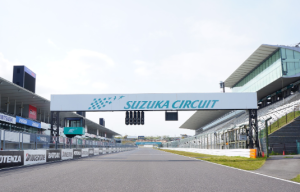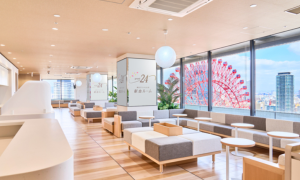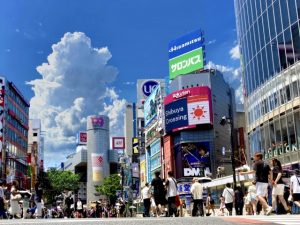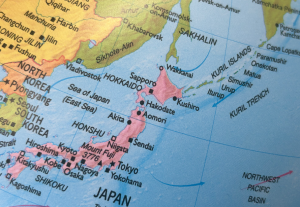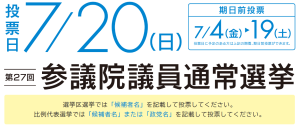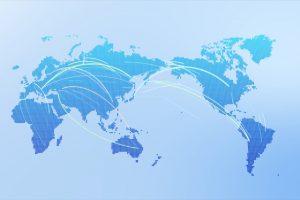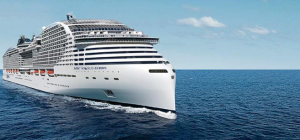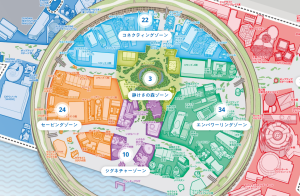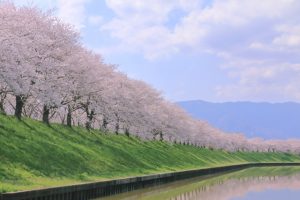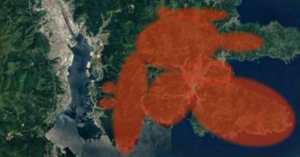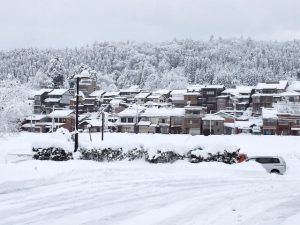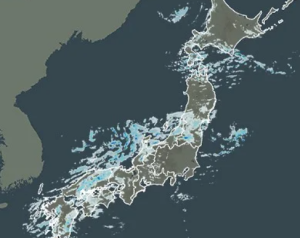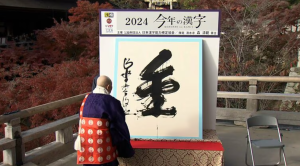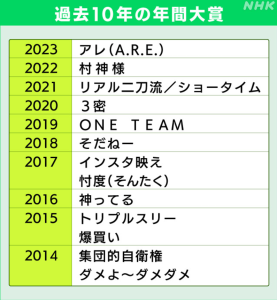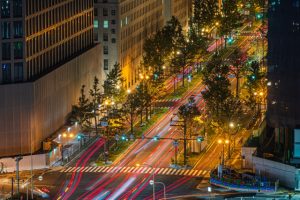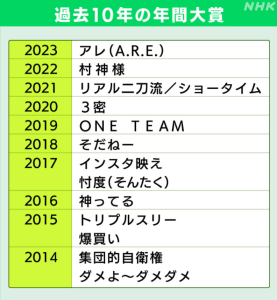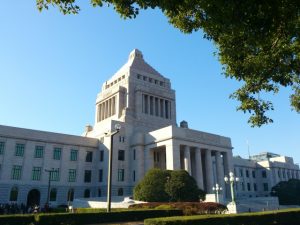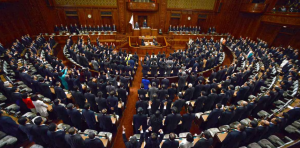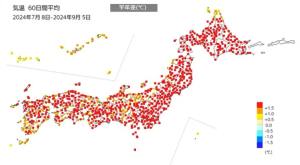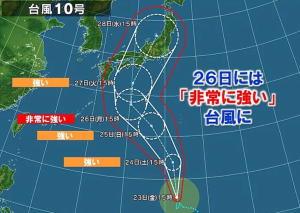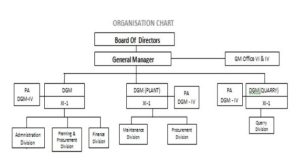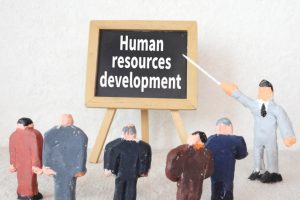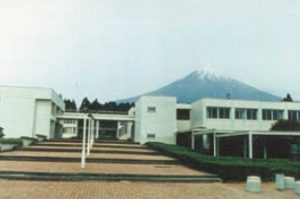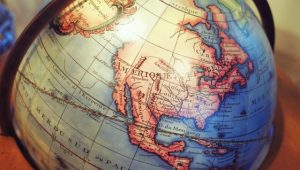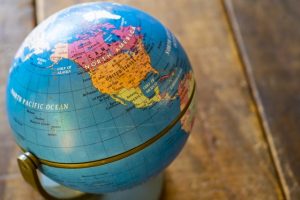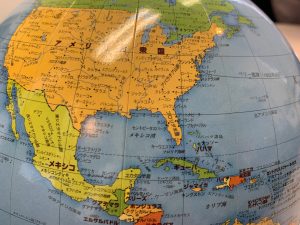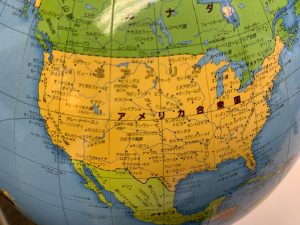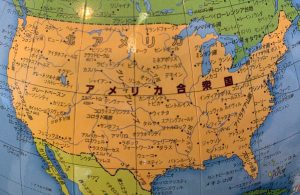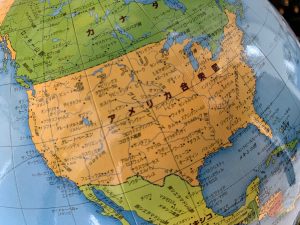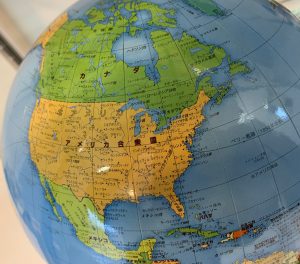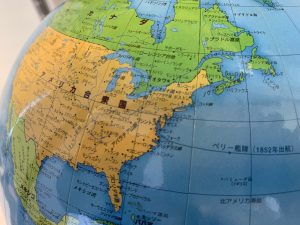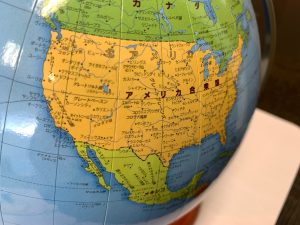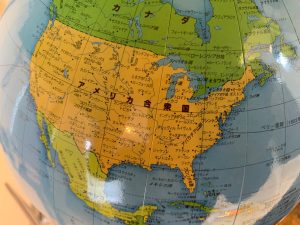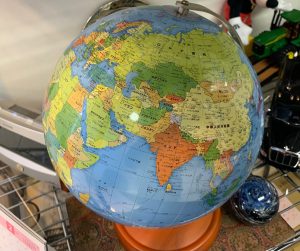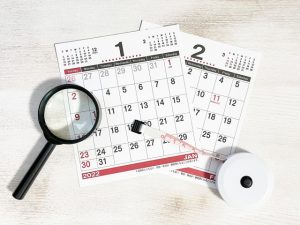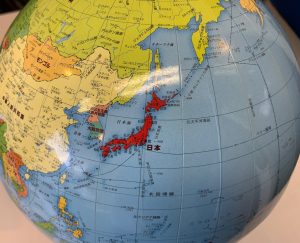Re: Miscellaneous thoughts in the New Year (119) January 5, 2024
I wish you a Happy New Year. It is the third New Year’s Day since I established “Tsuji Business Support Office” on July 1, 2021, and this is the 119th blog stream.
Thanks to you, I am working hard to the best of my ability in order to impart my knowledge and experience that I have built up until now to the younger generation in various ways including lectures. I hope to continue this as long as possible, and I kindly ask for your continued patronage, guidance and support.
■■What I have thought and focused on recently:
■The Noto Peninsula Earthquake:
I felt shaky around 4 p.m. on January 1 this year while I was in a festive New Year’s mood at home in Amagasaki, Hyogo Prefecture after I had my first annual visit at a nearby shrine. I felt like it was quite big and long. When I turned on the TV in a hurry, I found out that a big earthquake with epicenter in the Noto region occurred and “tsunami warnings” were issued. And the announcer repeatedly shouted “to evacuate immediately”. After that, it was confirmed that the earthquake focal depth was about 16 km and the estimated magnitude indicating the scale of the earthquake was 7.6 and it was the largest since 1885 for which record exists in this area.
Looking back, last year was the 100th anniversary of the Great Kato Earthquake that caused an estimated 100,500 deaths and missing people. And even in the last 30 years, there were 7 earthquakes more than intensity 7 such as the Great Hanshin Awaji Earthquake occurred on January 17, 1995, the Great East Japan Earthquake in March 2011, and the Noto Peninsula Earthquake this time. Small earthquakes are happening somewhere in Japan almost every day. It is predicted that Tokyo metropolitan earthquake, Nankai Trough earthquake and so on “can occur at any time”. I visited disaster areas right after an occurrence of the Great East Japan Earthquake, and I was stunned by the power and fury of nature. Now, disasters don’t “come when we forget”, but they “come before we forget”. “Tomorrow it might be me”. As long as we live in Japan, we should not forget that “we live side by side with the risk of major natural disasters” mentioned above.
■A collision between an airplane of Japan Airlines and an airplane of the Japan Coast Guard at Haneda Airport:
The next day, January 2, reports about the earthquake had been going on since the morning and suddenly in the evening the shocking news that an airplane of Japan Airlines collided with an airplane of the Japan Coast Guard immediately after landing at Haneda Airport came. At the same time, the picture of the airplane rolling while wrapped in flames was shown. I think that everyone had a premonition of the worst in the next moment, because this airplane was probably full due to holiday season and the time of an occurrence and drove a considerable distance after landing before stopping. Incidentally, it drove about 1,500 meters this time.
The result was that everyone in 369 passengers and 12 crew of Japan Airlines escaped safely, even though some people were injured. This was quite a miracle. After that, there were comments on relief from many passengers, but I think calm response suited to the situation by cabin attendants paid off after all.
On the other hand, it is said that an airplane of the Japan Coast Guard was on a mission to deliver relief supplies to disaster areas of the Noto Peninsula Earthquake. Unfortunately, 5 persons out of 6 crew were killed in the line of duty in a traffic accident. The cause of this accident will be clarified in the future, but the Tokyo Metropolitan Police Department is investigating with the possibility of professional negligence resulting in death. By the way, operations of an airport and airplane were solidified with high-tech technology and equipment, but relying solely on analog methods or human perception and judgement for final security checks can leave room for factors such as “prejudice”, “misunderstanding” or “arbitrary”, “intentional”. Considering the importance of hundreds of lives at stake, it is a problem that can’t be overlooked.
By the way, what I learned from my experience of former job is that in the background of various accidents, of course, there are cases where hardware is the cause, but human error is almost always involved in some form. And “conceit” and “mannerism” are at the bottom of it.
On condition that humans are creatures that have a tendency to fall into such things, “ensuring thoroughness in everything” is the most effective accident prevention strategy. This is what I want to emphasize.
■Re-expansion of continental shelf and a prove of marine resources on the seabed that the government is working on:
In order that Japan minimizes the impact of the increasing unstable international situation and aims for the stability and growth of the country in future, economic security is very important. It includes raising the food self-sufficiency rate, which is less than 40 %. In addition, it is important to reduce dependence on fossil fuels such as coal, oil and natural gas that account for about 85 % of domestic energy supply in 2019. In particular, Japan’s dependance on the Middle East having high geopolitical risks for oil is over 90 %, and it is very vulnerable.
In order to do that, the use of nuclear power generation, water-power generation and renewable energy like solar power is essential. In particular, a national consensus on nuclear power generation is necessary.
In addition, how to secure rare metals that are used as raw materials for semiconductors and rechargeable battery is another subject. It is appropriate that Japanese government indicated a policy for proceeding with mineral resources survey with potential at Ogasawara plateau sea area. The government placed two sea areas which are Shikoku Basin and Off Daito Ridge South Sea Area as extending continental shelf in 2014. And it seems that the project developing a body of domestically produced “underwater drone”, which dives unattended for survey and can be withstood at a depth of 7,000 meters, aims to start operating in 2025. If this depth can be reached, it is said that 98 % of exclusive economic zone, EEZ, in Japan can be observed. I am expecting a lot.
■The number of 18 years old new adult is at a record-low 1.06 million:
According to estimate of the population as of January 1 this year published by the Ministry of Internal Affairs and Communications at the end of last year, the number of 18 years old new adult born in 2005 was at a record-low, 1.06 million decreased by 0.06 million compared to the previous year. And “total fertility rate” that indicates the number of babies a woman gives birth in her lifetime was 1.26 and all-time low tied for 2022. The declining birthrate stands out in relief once again.
Looking back on the past, in 1970 right after baby boomers of the first generation born in 1947 to 1949 became adults, the number reached a record high 2.36 million, and in the early 1990s when baby boomers of the second generation born in 1971 to 1974 became adults, there were more than 2 million temporarily, but after that the downward trend has been going on for a long time. I want to stop the trend of declining birthrate by any means. Incidentally, the population born in the year of the dragon is 10.05 million, and the breakdown is 4.88 million men and 5.17 million women. For your information, estimate of the population is calculated from the number of births, the number of deaths and so on based on national census. Foreigners who stay in Japan for more than 3 months are also included.




